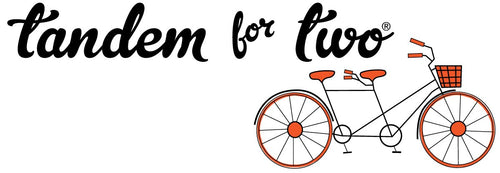When it comes to productivity, there’s no one-size-fits-all system. Some artists swear by digital tools, others can’t live without their sketchbooks and paper planners. And many of us fall somewhere in between, blending analog and digital in a way that feels both intuitive and effective.
So which tools actually help, and which ones just create more noise?
Let’s break it down:
Analog Tools That Still Work Wonders:
-
Sketchbooks & Notebooks: Perfect for capturing ideas, thumbnails, or just brain dumping. There’s something magical about putting pen to paper.
-
Bullet Journals & Planners: Great for people who want structure without a screen. Ideal for tracking daily habits, to-dos, and reflections.
-
Post-It Notes & Index Cards: These little tools are perfect for storyboarding or planning a product launch or collection.
-
Wall Calendars or Kanban Boards: Seeing your month or tasks laid out visually in your workspace can help you stay grounded and motivated.
Digital Tools That Save Time:
-
Trello / Notion / ClickUp: Great for project management, collection development, and keeping licensing deadlines straight.
-
Google Calendar: Still the best for setting time blocks and alerts.
-
Procreate / iPad Notes / GoodNotes: Ideal for sketching, brainstorming, and taking notes in one portable device.
-
Airtable / Milanote: Excellent for organizing references, color palettes, and product specs.
Finding Your Sweet Spot
Try this: map out all the tasks you do in a week. Then ask, would this be easier to manage digitally or physically?
- If you like to brainstorm by hand, keep that process analog.
- If you lose track of deadlines or hate re-writing lists, go digital.
- If you love the tactile feel of paper but also need reminders, use both.
What matters most is reducing friction between you and your creative goals. The right tools don’t make you moreproductive, they make productivity feel easier.


